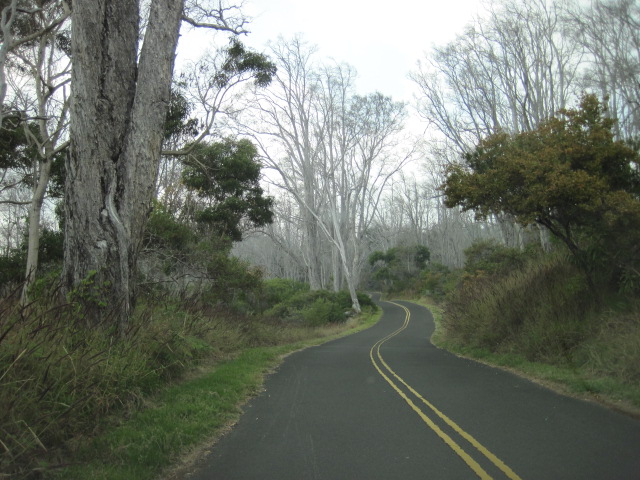AARP Hearing Center

By AARP Oregon Volunteer and Communications Guru Dick Weinman
“Dontcha wanna go? Yuhll luv it. It’s for you.”
So says the caregiver to coax Horace, my friend in the room across the hall from me, to grab his walker and hurry along to the scheduled activity (to which he had no intention to go.)
Poor Horace, (not his real name) saw 80 years ago and he can’t really hurry. With dementia setting in, Horace succumbs to the constant efforts of persuasion. Plus, he’s kind enough to go; to see and hear – well, again, he doesn’t hear too well either, like many of us geriatrics in this Assisted Living Facility.
Hornswoggled, Horace has to make an audience for the entertainment that has come to fill the time that day – usually after lunch, so that we can doze while we listen to music, a natural post-lunch occurrence, exacerbated by our age.
Many people attend these activities designed by the Activities Director (in our age of hyperbole, the AD has become the LED or Life Enhancement Director.) Most ALFs and Nursing Homes have Activities Directors. They think up and set up. . . well . . . activities. Some occur in-house, some away.
Since an ALF population is less fragile than folk in Nursing Homes, field trips are common activities. They often visit the Safeways, the Walmarts, the Costcos, the Dollar Stores, et.al. There also can be a monthly luncheon excursion- “where would you like to go?” is not asked. In the summer, an activity may be a picnic, or a visit to a local site of interest, like a rose garden – wherever is selected for us.
We go en masse where we’re told.
How about Trader Joes in addition to Walmart, or Barnes and Noble in addition to the Dollar Tree, or a Community Theatre performance in addition to Pizza and Banjoes?
Nobody asked me.
Residents are coaxed to sign-up for trips. The Activities, or Life Enhancement, Director visits each table in the dining room to solicit sign-ups. Caregivers ultimately take over the recruitment. To ensure that enough people are on the outing, they solicit door-to-door. The advantage to this persuasion is after the caregiver finishes her spiel, she can lead the residents who need encouragement - the more docile, the dementia-stricken, those in wheelchairs who require pushing - to the bus-loading area. Or provide last minute reminding to those who can walk on their own.
The in-house activities don’t seem to require the same gentle persuasion, unless we have a visiting performer. Then, I hear “dontcha wanna go?” But residents are on their own when Bingo is featured several times a week - morning, afternoon, or night. Residents may play other busy-work-time-passing games, like Yahtzee, or another life enhancing challenge - Dominoes. Sometimes Bingo and Dominoes complement each other on the same day.
For those residents who seek a more sedate activity, Classic TV shows are replayed, world-wide travelogues are available, as are story readings, and seasonal arts & crafts. Exercise helps residents move and shape-up. Our geriatric population is removed from the video game craze, but we once played Wii, which was a highlight of communal activity and a real challenge.
There is live entertainment, too. Performers frequently play gigs at one or another ALF or nursing home within a drivable area. That’s when the “Dontchawanna”s are in full force. Make the audience.
These traveling musicians are regulars, whose performance fees usually fit tight budgets: pianists, singers, guitarists, accordionists. If you’ve lived in one of the long-term care facilities within a small geographic area for a year or more, you’ve seen and heard the same shtick and repertoire over and over. For me, a nine year veteran of ALF life, it wears thin.
Why do accordionists always play “Lara’s theme” from the movie Dr. Zhivago or “Has Anybody Seen My Gal?” (1925’s “Five foot two, eyes of blue…”) Or guitarists play Woody Guthrie’s “This land is your land…” A great song by an American icon, but again and again - every guitarist? Or “you are my sunshine….?”
These are wonderful songs. They’re familiar to geriatrics. (A performer should always know her/his audience.)
But why not give us something not so well known? Why not lead us to discovery? Play other songs? Maybe the “good o1d folk songs of the sixties, the songs of social protest: Joan Baez, Bob Dylan, Pete Seeger. Tell us of Guthrie’s role in the development of American social/cultural history? Or the political power of the folk movement. (It’s on PBS when they fund raise from their old folk demographic.) Provide us old people with new knowledge. Broaden our world.
We’re old. Not finished.
Maybe these are just personal grumblings, not rooted in reality. (But shouldn’t long term care be person-centered rather than regimented?) Old folks love the old songs. We applaud the performers, don’t care about repetition. . . so what if it’s been heard before – the same song, the same story - as last time?
I remember when I was a parent of grade-schoolers who were in a Suzuki violin class. The kids would go to nursing homes –ALFs weren’t invented yet – to play either before, during, or after dinner. We proud parents went along, snapped pictures to be developed (the pre-digital, cell phone age), and applauded loudly.
Today, I’m on the receiving end. Kid violinists play for us ALF residents during supper. Their youthful parents beam with pride at the screeching (did our kids play like that?), maneuvering for a good angle, holding digital cameras at arm’s length. Then hugging their kids after their song.
After fifty years of listening – first as parent, now as resident – I hear the violins tell me that the “ little star” is still “twinkling.” And The Old Grey Goose is Dead.
#DisruptAging
[Photo: Robert B. Miller]































































